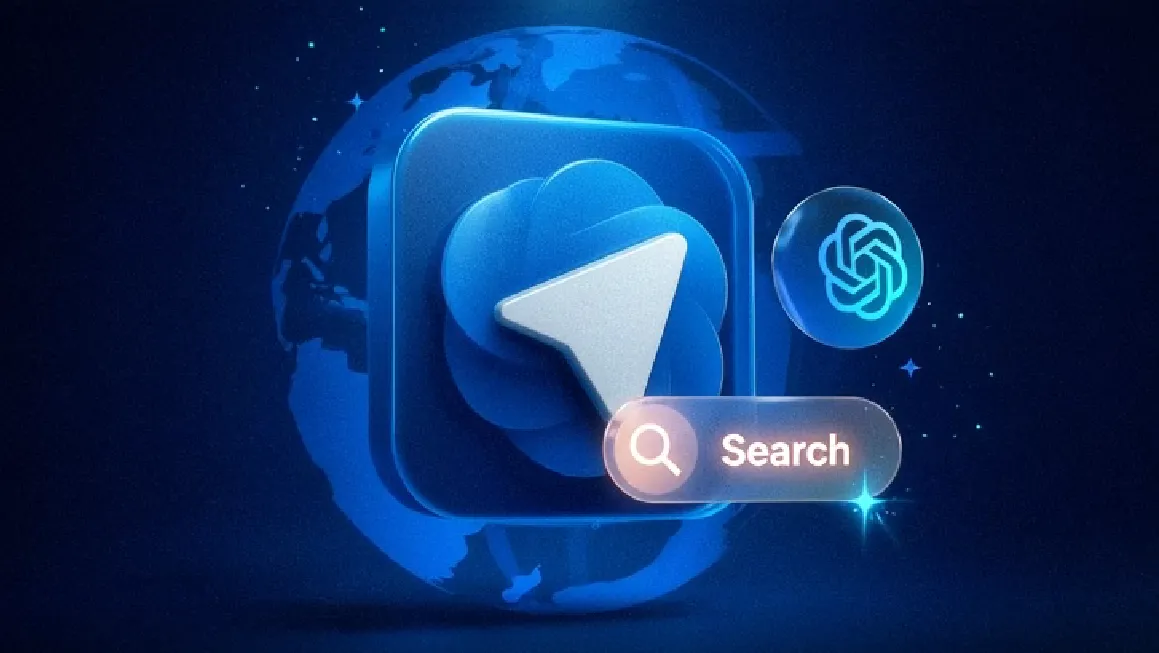In this article, we are going to discuss how chatbots are revolutionizing customer service in 2024. Every business interacts with their customer. Customer service is undergoing a profound transformation, thanks to the chatbots, powered by artificial intelligence (AI) and machine learning (ML) technology.
Highly trained AI tools are revolutionizing customer service, enabling companies to provide round-the-clock Customer support, personalize experiences, and increase operational efficiency (for example, Zendesk and IBM)
For any business or company interaction with a customer, it’s also very costly for those who started their new business with a minimum balance. As chatbot technology advances, organizations across industries are adopting these solutions to stay competitive and meet evolving customer expectations.
Enhancing Customer Experience
Chatbots are particularly adept at handling simple, repetitive inquiries that flood support queues, freeing human agents to focus on complex issues requiring empathy and problem-solving skills (HelpScout). By automating routine tasks, chatbots reduce wait times, providing instant responses to common questions about hours of operation, returns, and product information. This leads to higher first contact resolution rates and improved customer satisfaction (GUVI).
Personalized and Proactive Engagement
AI-powered chatbots can deliver personalized experiences by analyzing customer data and adapting responses accordingly.
Highly trained chatbots can recommend products based on a customer’s purchase history and browsing behavior, much like a sales associate in a physical store.
Some chatbots even proactively engage customers, offering assistance when they linger on a webpage or abandon their shopping cart (viz: Sprinklr).
Operational Efficiency and Cost Savings
Implementing chatbots leads to significant cost savings for businesses. By deflecting routine support queries, companies can reduce the volume of tickets handled by human agents, lowering operational expenses (Tidio). Chatbots also increase scalability, enabling organizations to handle a high volume of conversations simultaneously without the need for additional staffing. This makes them an attractive solution for businesses experiencing rapid growth or seasonal spikes in support requests.
Examples of Chatbots in Action
Chatbots are being successfully deployed across various industries. For instance, Domino’s Pizza has a chatbot that allows customers to place orders via messaging platforms, streamlining the customer experience (Built In). In healthcare, Ada’s chatbot provides symptom checks and triage guidance to patients, helping them navigate the complex healthcare system (Built In). These examples illustrate how chatbots can be tailored to meet the specific needs of different industries and use cases.
The Future of Conversational AI
As conversational AI technology advances, we can expect to see even more sophisticated chatbots that can understand nuanced language, recognize emotions, and engage in multi-turn conversations (Wired). Generative AI models like GPT-3 are already enabling chatbots to generate more human-like responses, creating a more natural and engaging user experience (ZDNet). As these technologies converge, the line between interacting with a human and a chatbot will continue to blur.
Related Posts
Overcoming Implementation Challenges
While the benefits of chatbots are compelling, implementing these solutions does present some challenges. Organizations must carefully define the chatbot’s purpose and identify the right use cases to ensure a positive user experience (Tidio). Training AI models requires large, high-quality datasets, and chatbots must be integrated with existing systems to access the necessary customer data (A3 Logics). Additionally, striking the right balance between automation and human support is crucial to avoid frustrating customers.
The Rise of Conversational Commerce
The chatbot revolution is just beginning. As the technology improves and adoption increases, we can expect to see chatbots become an integral part of the customer journey across industries. They will play a key role in shaping the future of customer service, sales, and marketing, enabling businesses to deliver personalized, proactive experiences at scale. Companies that embrace conversational AI now will be well-positioned to reap the benefits and stay ahead of the competition in the years to come.
Key Takeaways
Chatbots powered by AI and ML are transforming customer service by providing 24/7 support, personalizing experiences, and increasing operational efficiency. These solutions can handle routine inquiries, freeing human agents to focus on complex issues, and can proactively engage customers with personalized recommendations.
While implementation presents some challenges, the benefits of chatbots make them an attractive solution for businesses seeking to improve customer experience and reduce costs. As conversational AI technology advances, chatbots will become even more sophisticated, enabling more natural and engaging interactions.
Companies that adopt chatbot solutions now will be well-positioned to stay competitive in the future.
The rise of chatbots is a significant development in the evolution of customer service. By leveraging AI and ML, these conversational tools are enabling businesses to provide fast, personalized support at scale. As the technology continues to advance, we can expect to see chatbots play an increasingly central role in shaping the future of customer experience. Companies that embrace these solutions now will be well-positioned to reap the benefits and stay ahead of the competition in the years to come.



